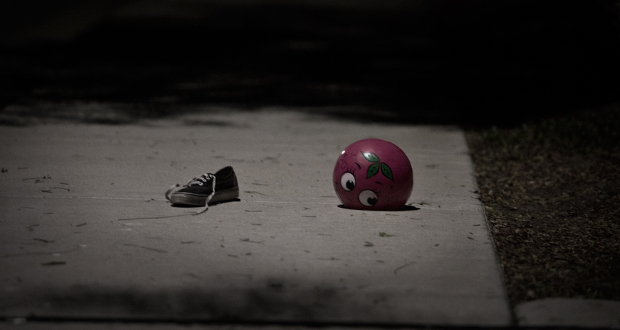By: Stephany Brutsman
Once thought of as an international issue, child sex trafficking is now a major problem within the United States, especially in cities like Atlanta, Dallas, Denver, Kansas City, Miami, Seattle, San Diego, and Washington, D.C. (Dank et al., 2014). News and media outlets often refer to the issue as having reached epidemic proportions.
According to the Federal Bureau of Investigation (FBI), the city of San Diego has been identified as a hub for child sex trafficking not only in the state of California, but also in the United States (Tatro & Luke, 2015). This is largely due to its proximity to the international border of Mexico, where children are shuffled back and forth, bought and sold, only to be forced into the sex trade industry. With regard to demand of such services, one might look to the constant influx of tourists for events such as San Diego Chargers football games, Comic-Con, Delmar Horse Races, and the annual San Diego County Fair. These events bring in millions of tourists and locals every year. Sadly, many come for more than just a football game or a few fair rides.
The exact number of child sex trafficking cases is unknown. A lack of systematic procedures for identifying, assessing, treating, and reporting victims’ cases makes it difficult to keep count. H.R.469-Strengthening Child Welfare Response to Trafficking Act, presented to Congress earlier this year by California Representative Karen Bass (H.R.469, 2015), will work to change that. Through further mandatory education and training, this bill will work to strengthen the identification, assessment, treatment, referral, and reporting procedures used by child welfare workers and local, state, and federal agencies working with this population (Strengthening Child Welfare, 2015). Additionally, this bill will require the Secretary of Health and Human Services to make annual reports to Congress regarding the type and prevalence of trafficking that is reported, the protocols used to identify and care for the victims, and any legal barriers that hinder the successful identification and treatment of victims.
The identification of children as prostitutes rather than victims, and the legal freedom of their pimps and johns, also skews the actual number of current child sex trafficking victims (Minor Sex Trafficking, 2009). In the past, child sex trafficking victims were often prosecuted for prostitution. Such a label can follow a victim for years to come, impeding his or her access to housing and employment opportunities and federally funded programs that aim to serve those in disadvantaged positions. Legislation like S.178 (Justice for Victims of Trafficking Act of 2015) and S.Res.81 (A resolution expressing the sense of the Senate that children trafficked for sex in the United States should not be treated or regarded as child prostitutes because there is no such thing as a “child prostitute”, only children who are victims or survivors of rape and sex trafficking), have both recently been signed into law. In addition to creating more stringent laws against pimps and johns, these legislative pieces assure that child sex trafficking victims are referred to and treated just as that – victims.
The passing of legislation like S.178 and S.Res.81 is a start, but more must be done if we wish to slow the growth of this ever increasing, multimillion-dollar industry and address the needs of the most vulnerable of victims. H.R.469 moved quickly through the House in its first few days, however, there has been no movement on the bill since it’s arrival at the Senate. Beyond this bill, there are many others like it – whose tenets aim to improve the lives of child sex trafficking victims – that are sitting in Congress, waiting to be signed into law. Legislative bills of this nature often contain provisions concerning the protection of lesbian, gay, bisexual, transgender, and queer (LGBTQ) youth and access to safe abortions, birth control, and other health services for victims. These are hot topics among political parties and are often debated over for long periods of time before a decision is ever reached (Sneed, 2015).
We must protect our children, grandchildren, brothers and sister, nieces and nephews, and the neighborhood kids down the street. Contact your local, state, and federal representatives and ask them what they’re doing to protect and heal victims. Urge them to join the fight by sponsoring or co-sponsoring related legislation. Ask your schools, churches, and relevant places of employment to offer programs and training that reveal the characteristics of child sex trafficking and procedures for reporting. As community members we must rise to the occasion to help this very vulnerable population.
— Stephany Brutsman is a Master of Social Work student at the University of Southern California.



